It’s hard to imagine trees and shrubs as villains, right?
They offer shade, are home to chirpy birds, some burst into spectacular bloom in the spring.
But not every tree and shrub are winners for your commercial property.
Some are kind of jerks, crowding out surrounding plants, dropping branches, and even inviting dangerous ticks.
Level Green landscape architect Richard Sweeney shares the trees and shrubs to avoid on commercial properties — and a few of his favorites to plant instead.
Trees to Avoid on Commercial Properties
Luckily, Sweeney has a short list here. Avoid these two trees:
1. Bradford Pear
The pretty Bradford Pear is a commercial landscape villain? What’s up, Richard?
“People like them,” Sweeney admits. “They have beautiful white spring flowers. Every community planted these in the 70s and 80s.”
That’s part of the problem.
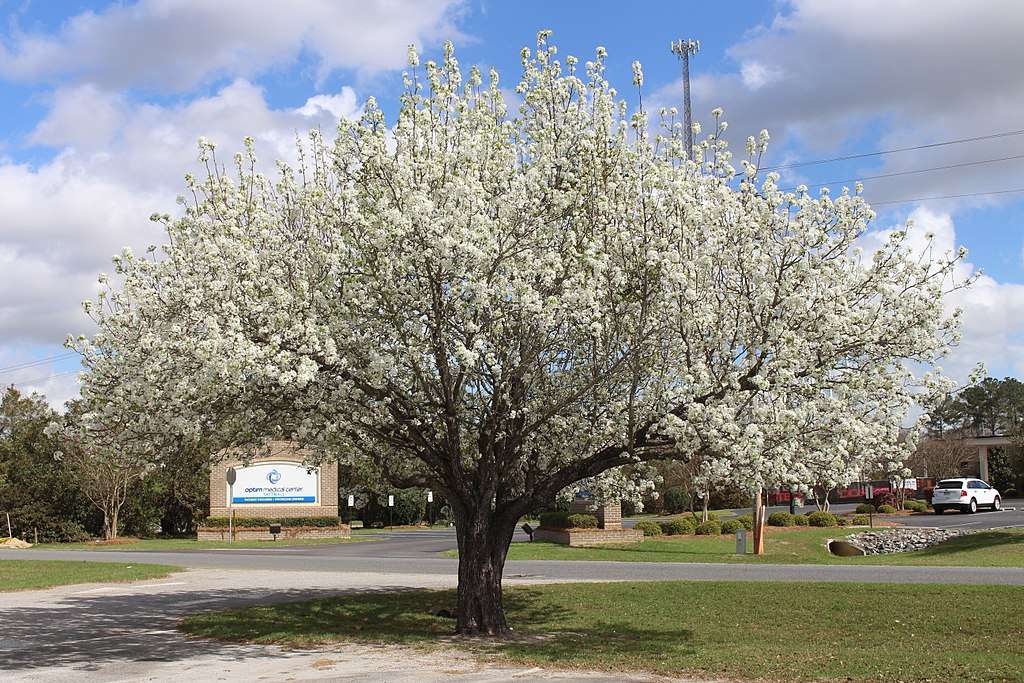
“Now they’ve become so invasive, they’ve taken over the ecosystem,” Sweeney says. “The Bradford Pear reseeds itself with the wind and colonizes fast. It can actually destroy meadow ecosystems.”
This tree is also known for its weak branch structure. You don’t want it on your commercial property in a windstorm.
2. Japanese Angelica
This large, quick-growing tree crowds out native plants by creating dense shade.
_2_(39452575522).jpg?width=1200&name=1024px-Aralia_elata_(Japanese_angelica-tree)_2_(39452575522).jpg)
Its large seed production and rapid growth allow this tree to invade new areas quickly.
It’s kind of a bully, and definitely among the trees to avoid in your commercial landscape.
Shrubs to Avoid on Commercial Properties
Some shrubs are villains, too, taking over surrounding plants, growing toxic berries, and providing habitat for unwelcome ticks.
Sweeney says steer clear of these ferocious five:
1. Nandina Domestica
This tall leafy shrub looks like bamboo, but it’s not actually bamboo. Don’t be fooled by its attractive stems and pretty berries.
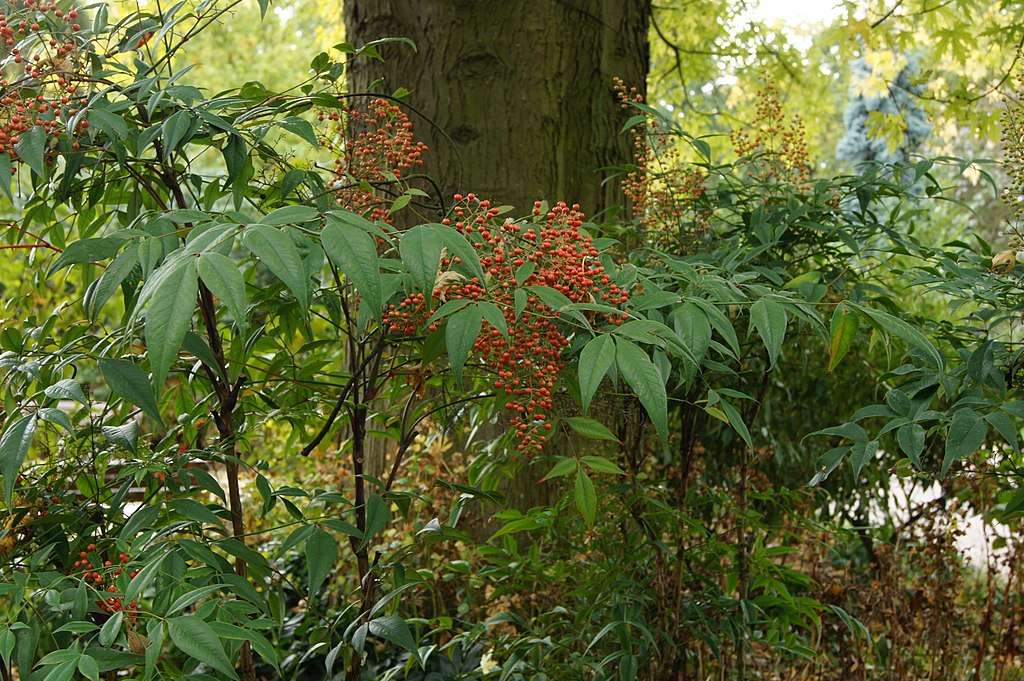
It’s super invasive, forming dense thickets that crowd out native plants and settling into the landscape so ruthlessly it’s nearly impossible to get rid of for good.
Double trouble: Its berries contain cyanide and can kill birds and make dogs and cats sick if they eat them.
2. Japanese Barberry
Sure, it’s pretty, with its purply leaves, and you’ll see it a lot in the city, Sweeney says.
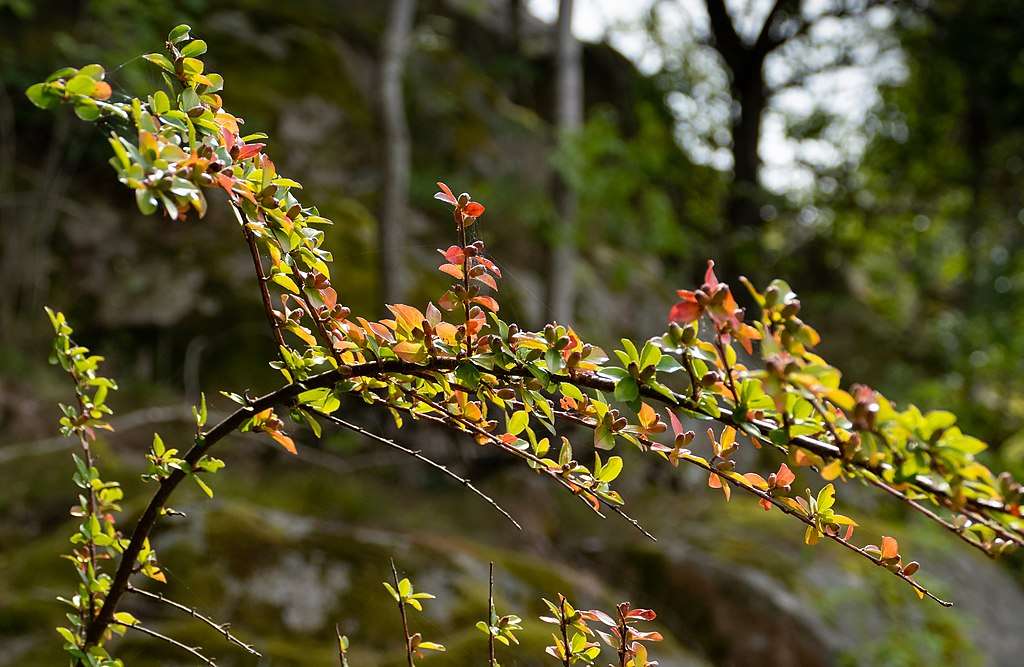
But this shrub crowds out native plants and disrupts their ecosystems. It’s also a common hangout for the black-legged tick, which transmits Lyme disease.
3. Burning Bush
Another landscape bully, burning bush is a threat because it reseeds like crazy and becomes dominant, forcing out other important plants.
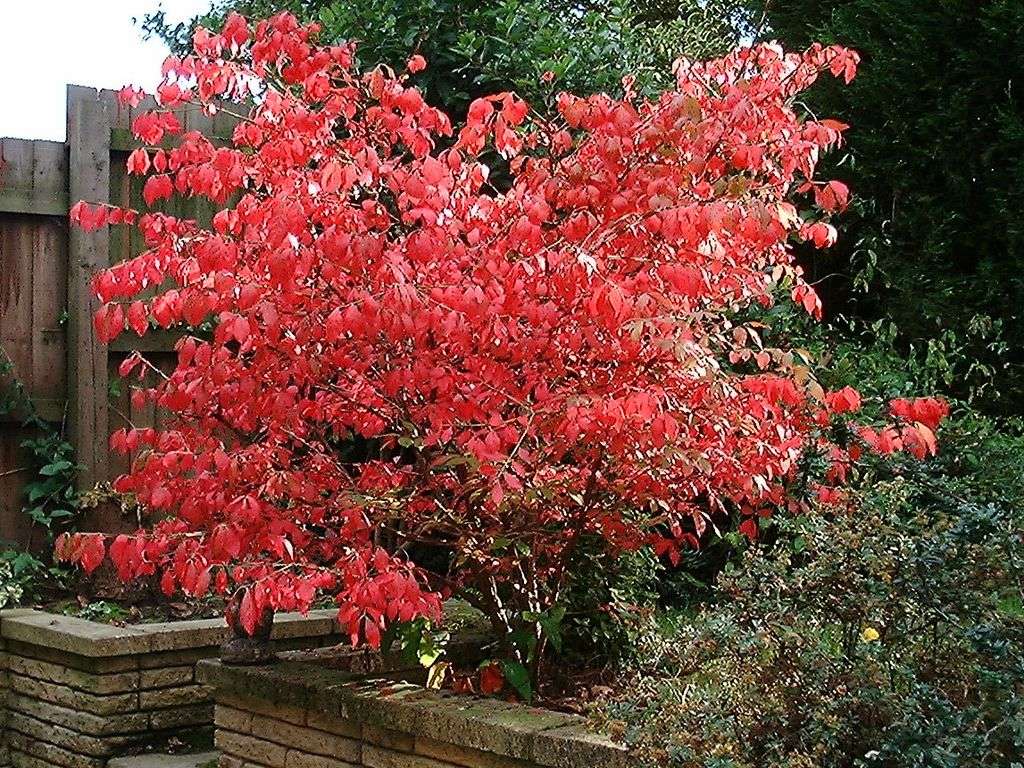
4. Wintercreeper
The dense mat of Wintercreeper vines prevents growth of seedlings, robbing moisture and nutrients from the soil. Since it threatens native plants, invasive Wintercreeper also threatens native butterflies.
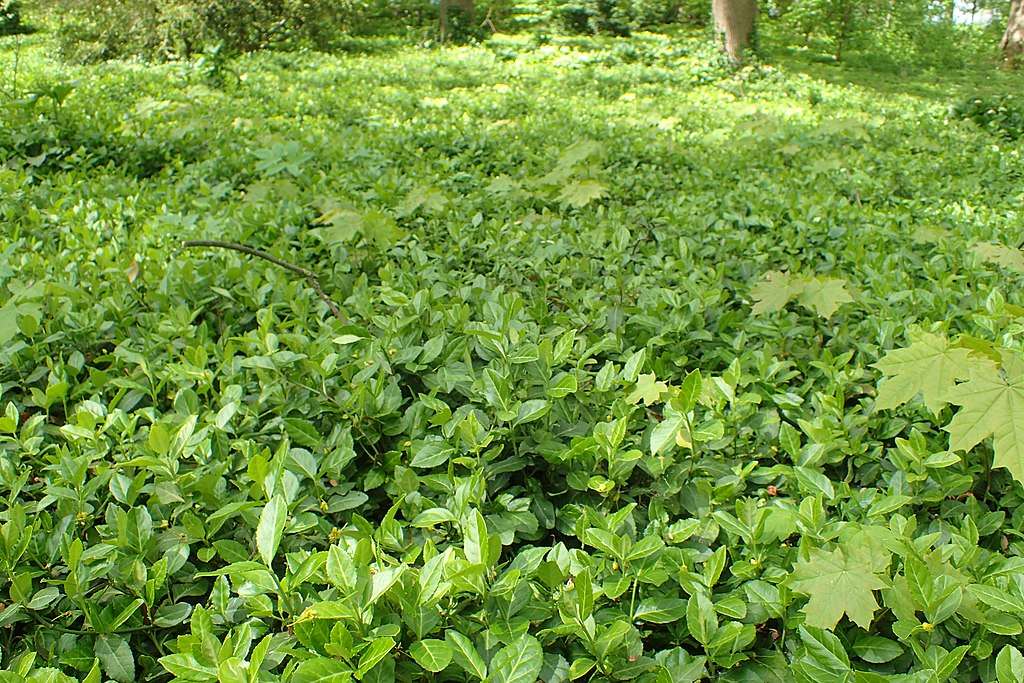
5. Scotch Broom
Scotch broom is a shrub to avoid on commercial properties because it crowds out native vegetation and beneficial plants, but it’s also a bonus bad guy — its seeds and other parts are toxic.
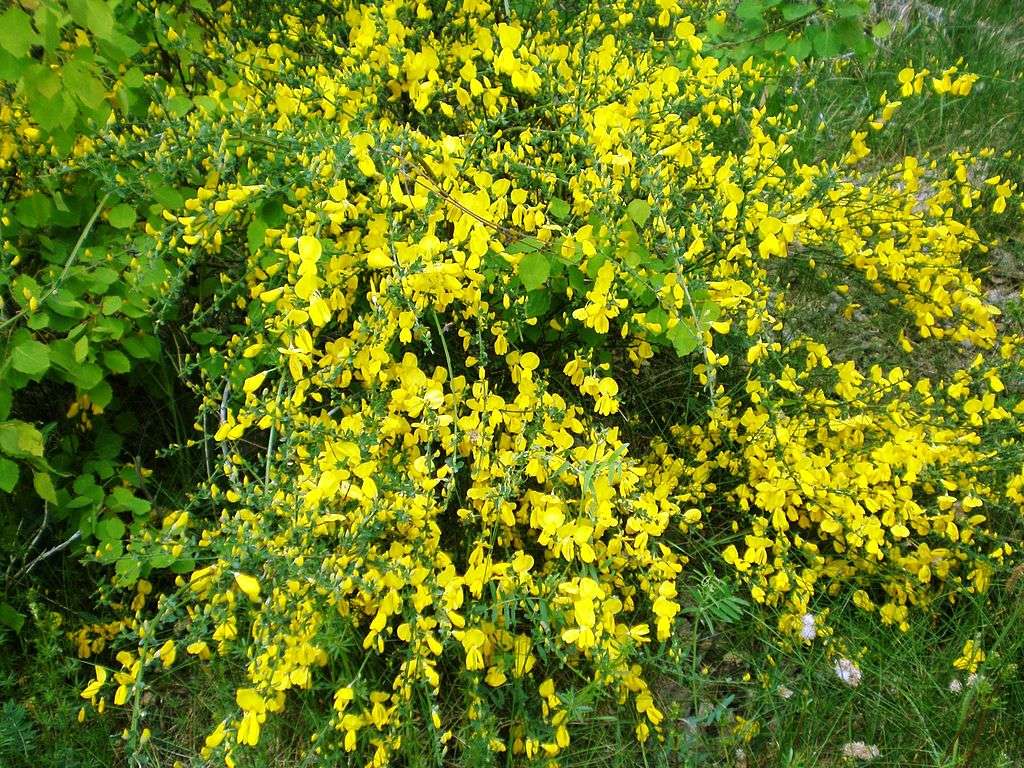
8 Great Trees and Shrubs to Use Instead
The good news is plenty of trees and shrubs will thrive on your commercial property, offering shade or spectacular blooms, drawing attention to your signage, and offering eye-catching appeal.
They’ll also stand up to the challenges commercial properties often face, from compacted soil to car exhaust to salt damage from winter.
You’ll notice a common thread here in Sweeney’s top picks: most are native to this area.
“When you have tough conditions, always go with native plants,” Sweeney says. “They do better in harsh environments and they attract pollinators, which helps out the ecosystem.”
1. Sweet Bay Magnolia
This elegant native beauty boasts creamy white flowers with a light lemon scent in late spring and early summer.
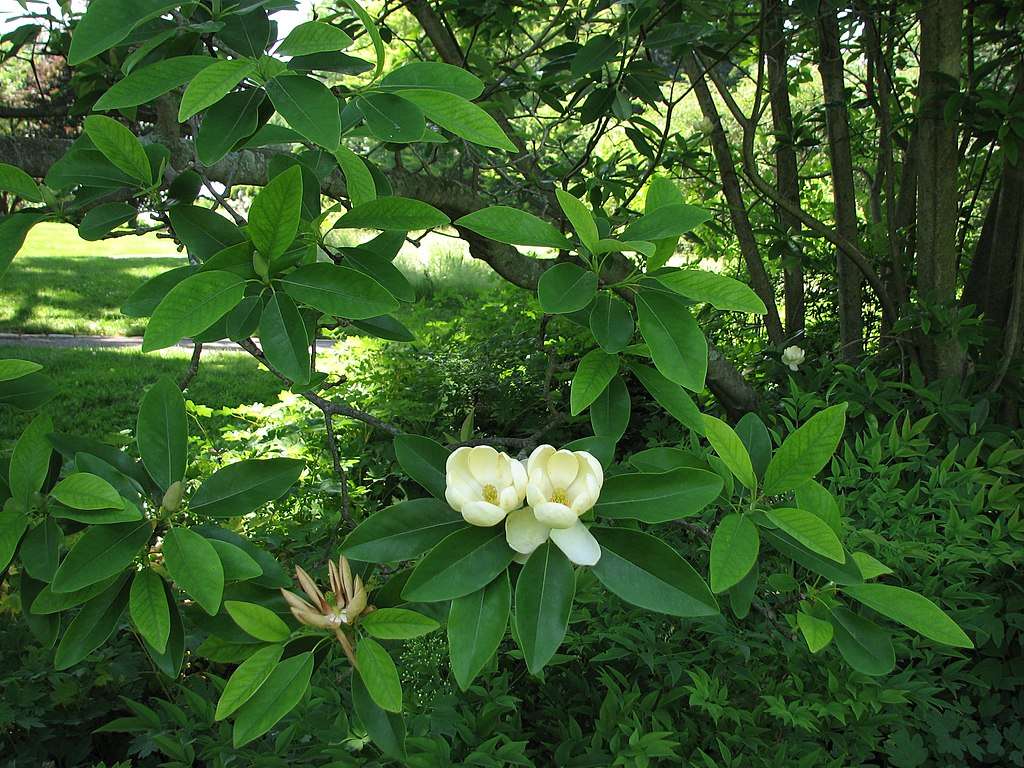
Cheerful red fruit ripens in late summer, attracting birds.
“The blossoms are really pretty on this variety,” Sweeney notes.
2. Serviceberry
A four-season winner, this medium-sized tree offers pretty white flowers in spring, bird-loving berries in summer, fiery foliage in fall, and silvery bark through the winter.
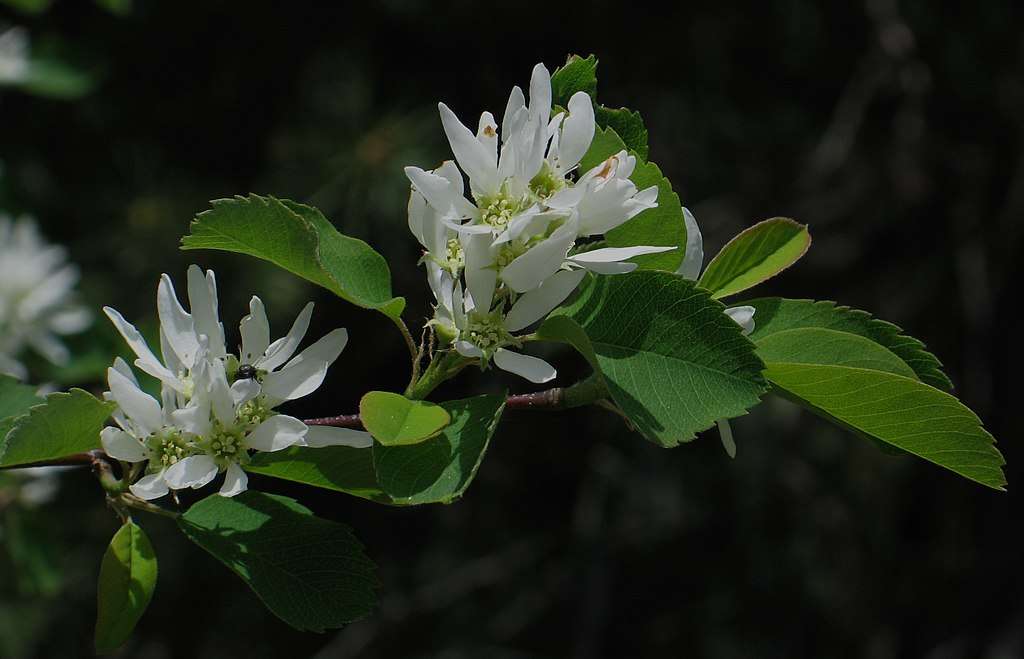
Another native, Serviceberry provides nice shade on your commercial property without getting too big, Sweeney says.
3. Allee Elm
Need shade? This majestic elm grows to 60 to 75 feet tall with a broad canopy of leaves that turn to a yellow-pink color in the fall.
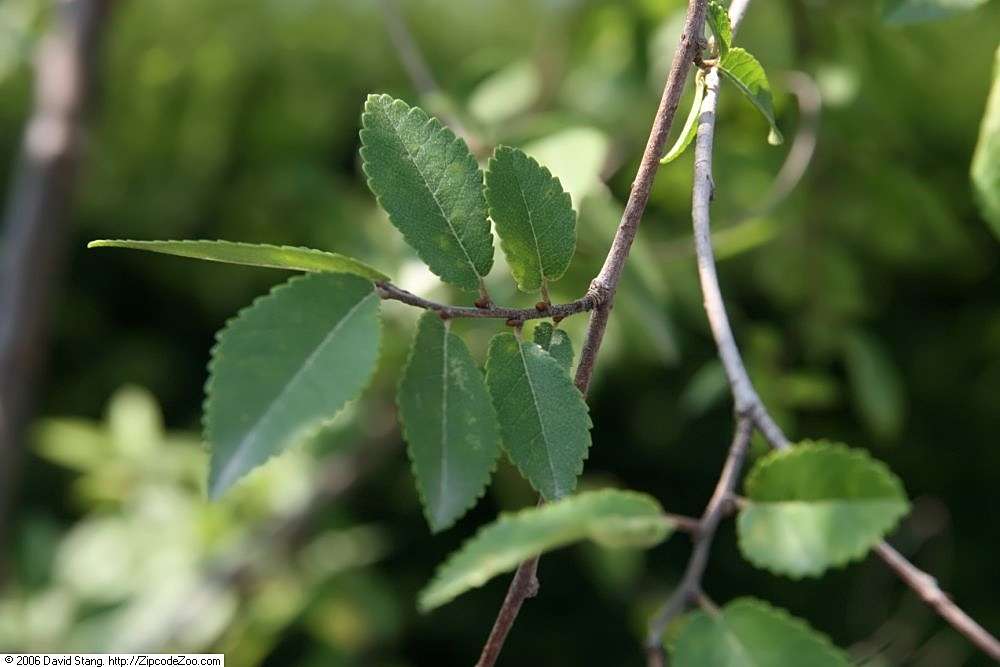
“It’s a great city tree, with nice fall interest,” Sweeney says.
4. Dogwood
Everybody loves dogwoods.
.jpg?width=1200&name=Flowering_dogwood_(25134210754).jpg)
Showy white or pink flowers celebrate the arrival of spring. This great native isn’t fussy, easily thriving in your commercial landscape.
”You can use it as a specimen or it’s great for massing,” Sweeney says, “and it doesn’t get too big.”
5. Yoshino Cherry
This stunning Japanese cherry tree is the beauty you see in Washington DC, circling the Tidal Basin and spilling north onto the Washington Monument grounds.
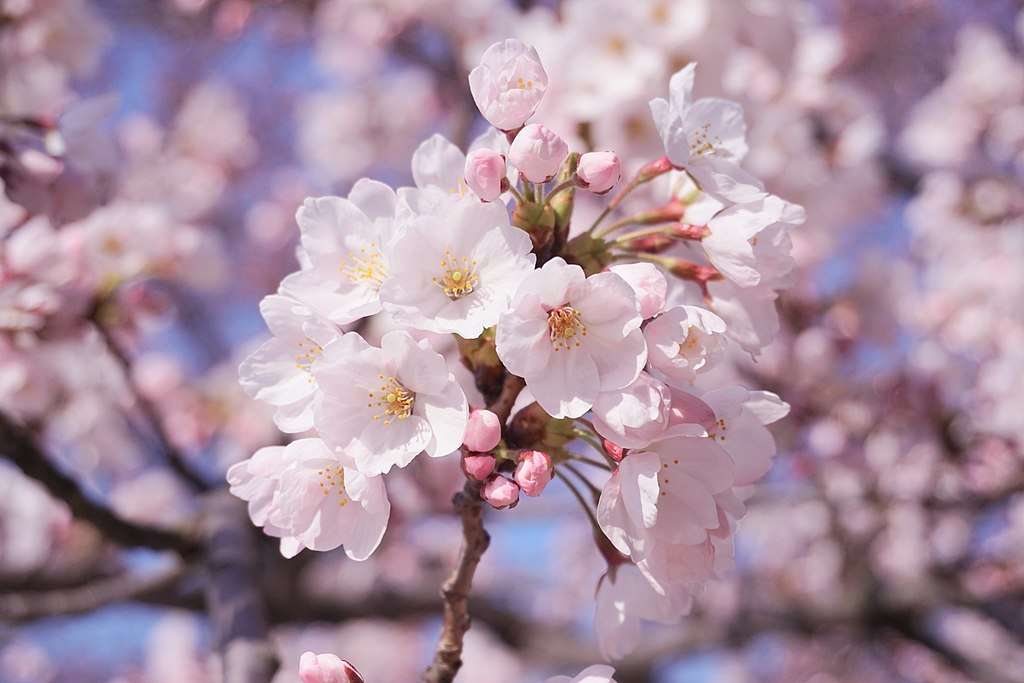
Known for its vibrant display of white-pink blossoms and faint almond fragrance in the spring, it’s a highlight of your commercial property In the summer, too, with its beautiful branching pattern, glossy bark, and dark green leaves.
Bonus: it resists diseases and hungry deer.
6. Red Twig Dogwood
Add great winter interest to your commercial property with this stunning shrub. Its stems turn bright red when the foliage drops in autumn.
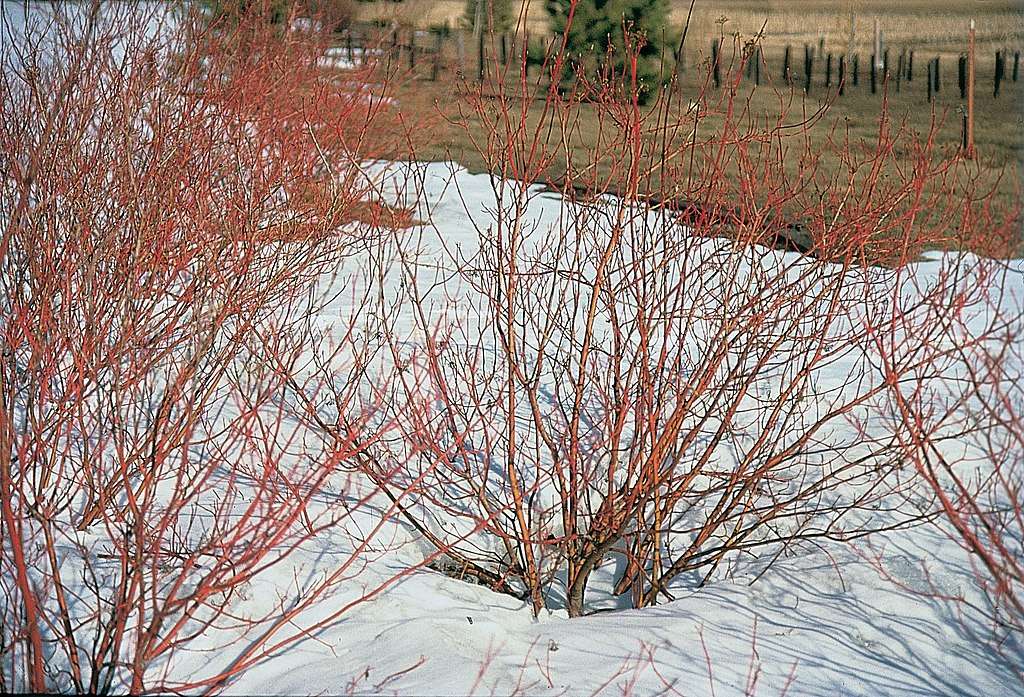
You’ll enjoy white flowers in spring and berries that ripen from green to white by the end of summer.
Choose the variegated variety, Sweeney says, and you’ll get the bonus of pretty green and white dappled leaves.
7. Itea (Virginia Sweetspire)
This hardy native shrub has it all: it grows well just about anywhere, sun or shade, dry soil, clay.
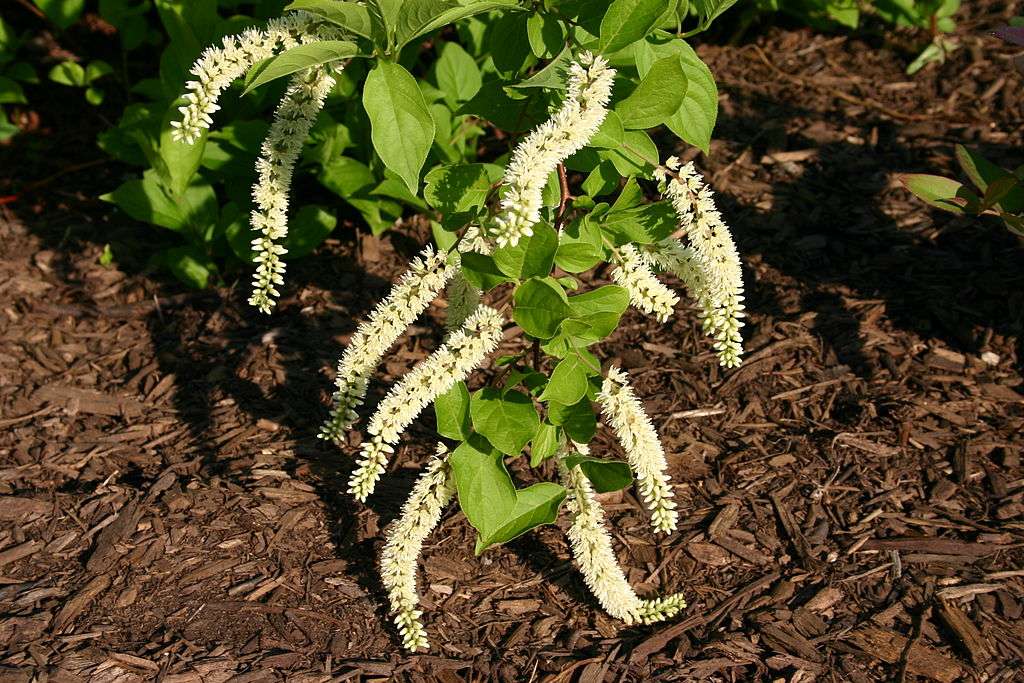
Pests? Nope. You get easy care, plus a stunning shrub for your commercial property throughout the seasons.
Pretty white tassel-like blooms emerge in spring, and spectacular fall foliage hangs on into winter. Plus it’s deer-resistant and attracts birds and butterflies.
8. Clethra
Attract butterflies and songbirds to your commercial property with this pretty native. They love its nectar and seeds.
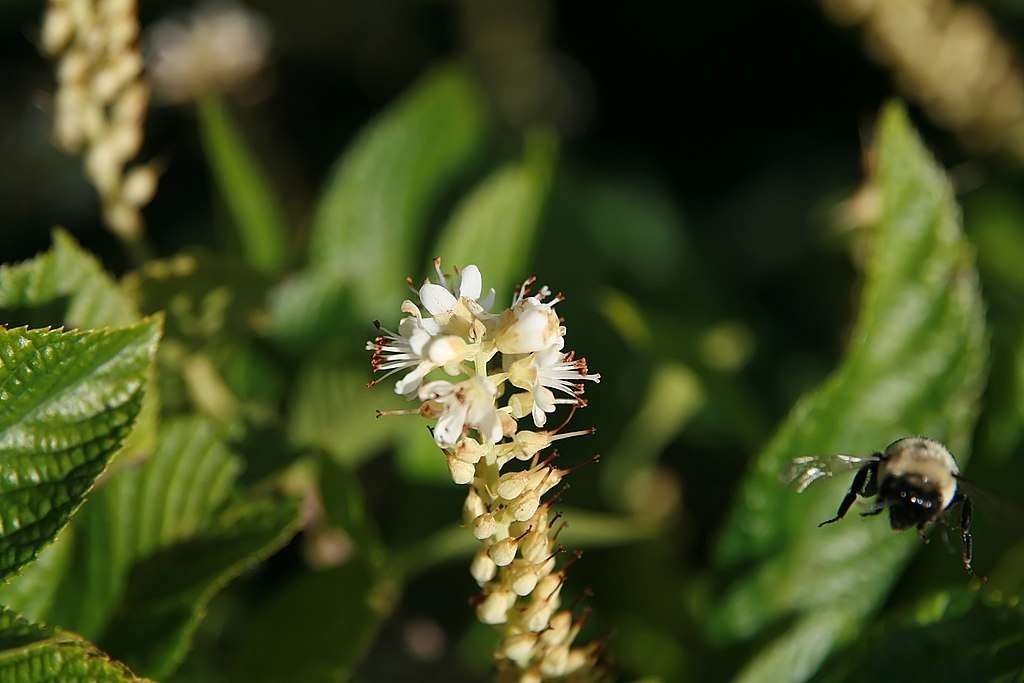
You’ll love its four-season interest, with lustrous green leaves in the spring, spiky white or pink fragrant summer flowers, golden yellow autumn leaves, and interesting dried seed pods in winter.
Use it as a foundation plant, Sweeney days, or plant masses of them for great impact.
Need Great Trees and Shrubs? Trust Level Green
It only takes one tree or shrub mistake to cause big problems on your commercial property.
“Plant the wrong varieties and a lot of things can go wrong,” Sweeney says. “Insects and birds disappear. Invasive plants take over natives.”
You don’t want the hassle of dropping branches, poisonous berries, or a tick invasion, either.
Get this right the first time.
We provide landscape design and commercial property maintenance for properties throughout Washington DC, Maryland and parts of Virginia. Level Green Landscaping services commercial properties like office buildings, homeowner associations (HOAs), mixed use, condominiums, retail, institutions and government entities.
Contact us today at 202-544-0968 or by filling out our form online to see how we can transform your landscape into a beautiful, sustainable space. You can also schedule a free consultation with one of our team members.
We’d love to hear from you.
Image Source: Bradford Pear, Japanese Angelica, Nandina Domestica, Japanese Barberry, Burning Bush, Wintercreeper, Scotch Broom, Sweet Bay Magnolia, Serviceberry, Allee Elm, Yoshido Cherry, Red Twig Dogwood, Itea, Clethra


